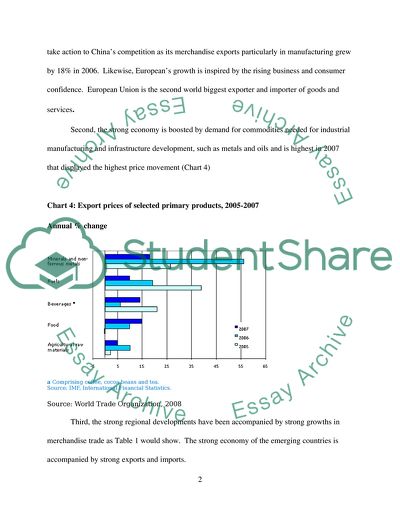Cite this document
(“The Growth of World Exports Research Paper Example | Topics and Well Written Essays - 2500 words - 3”, n.d.)
The Growth of World Exports Research Paper Example | Topics and Well Written Essays - 2500 words - 3. Retrieved from https://studentshare.org/statistics/1749376-international-trade
The Growth of World Exports Research Paper Example | Topics and Well Written Essays - 2500 words - 3. Retrieved from https://studentshare.org/statistics/1749376-international-trade
(The Growth of World Exports Research Paper Example | Topics and Well Written Essays - 2500 Words - 3)
The Growth of World Exports Research Paper Example | Topics and Well Written Essays - 2500 Words - 3. https://studentshare.org/statistics/1749376-international-trade.
The Growth of World Exports Research Paper Example | Topics and Well Written Essays - 2500 Words - 3. https://studentshare.org/statistics/1749376-international-trade.
“The Growth of World Exports Research Paper Example | Topics and Well Written Essays - 2500 Words - 3”, n.d. https://studentshare.org/statistics/1749376-international-trade.


